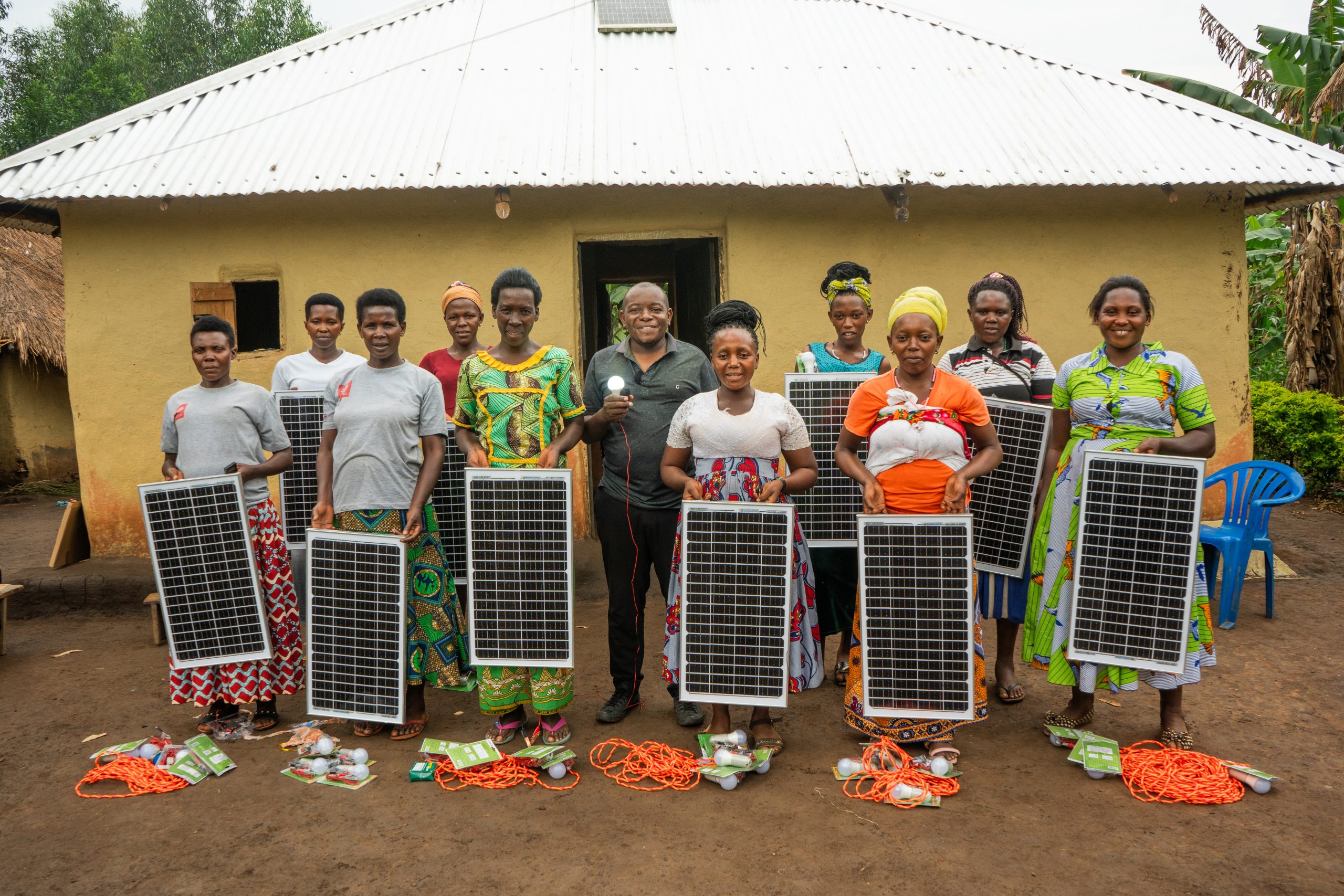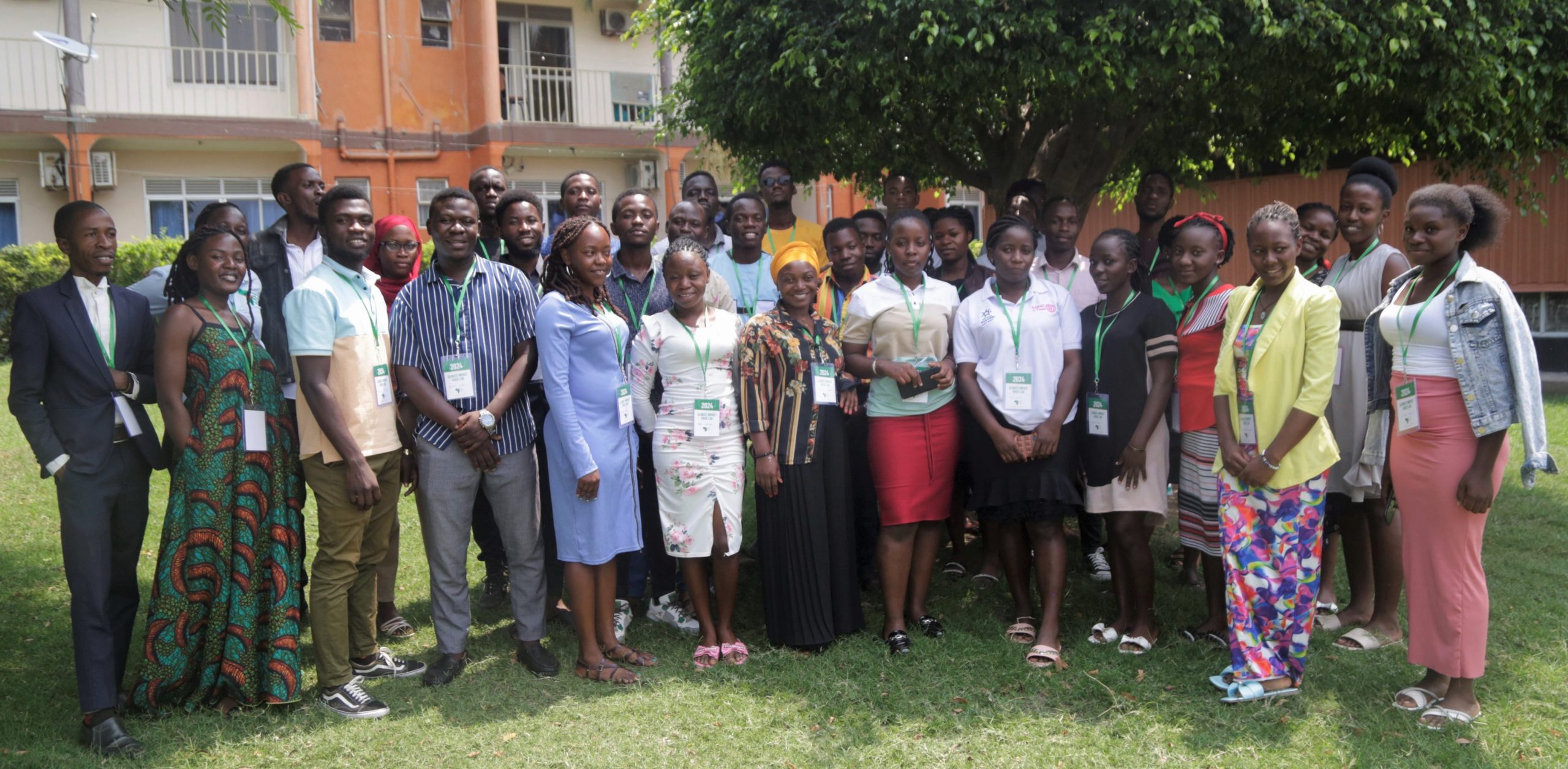Air expansion is a core concept in physics and environmental science, describing how air increases in volume when temperature rises or pressure falls. Though this process operates universally, its effects are deeply felt at the local level, shaped by regional climate, geography, human activity, and industrial development. In Kasese District, Western Uganda, air expansion has moved beyond being a scientific principle and become a significant factor influencing environmental stability, human health, climate dynamics, and patterns of settlement.
As air warms, its molecules move faster and spread further apart, resulting in an increased volume. When this happens in the atmosphere, it causes air to rise and alter surrounding pressure systems. These shifts affect weather patterns, wind flow, and precipitation, making air expansion a foundational process in climate systems. In normal circumstances, this is a naturally balanced mechanism. However, human activities particularly those that release heat and greenhouse gases intensify this expansion, leading to disruptions in climate behaviour and localized atmospheric instability.
Kasese District, located along Uganda’s western border with the Democratic Republic of Congo and flanked by the Rwenzori Mountain ranges, experiences unique geographical and climatic conditions. These include temperature variations between highland and lowland zones, regular rainfall influenced by orographic lift, and significant wind patterns. The district is also home to a growing industrial sector, including cement manufacturing, copper mining, and smelting operations. These industries generate substantial heat and emissions that are absorbed by the atmosphere, intensifying the air expansion process. The result is an increase in local temperatures, changes in air pressure, and a disturbance in weather consistency.
The most visible environmental consequence is the intensification of climate change effects. Air expansion driven by localized heating contributes to the warming of the lower atmosphere. As hot air rises more frequently and forcefully, it alters cloud formation and rainfall distribution. In Kasese, such changes are evident in the shifting rainy seasons, increasingly erratic storm occurrences, and longer dry spells. The traditional agricultural calendar, once closely linked to predictable weather patterns, has been thrown into disarray. Farmers can no longer rely on the onset of rains to plan planting or harvesting. In some seasons, expected rains arrive late or are significantly shorter, while in others, heavy rainfall occurs abruptly, leading to flooding or soil erosion.
As air expansion intensifies, so does its role in shaping the broader trajectory of climate change. While Kasese may not contribute significantly to global emissions, its industries, coupled with deforestation and land use changes, feed into the regional accumulation of greenhouse gases and thermal emissions. The warming air enhances the greenhouse effect, trapping more heat in the atmosphere and perpetuating the cycle of air expansion and climate variability. This local-to-global feedback loop illustrates how even seemingly small contributions in isolated regions can influence broader climate systems.
Air expansion also influences human settlement patterns in profound ways. In Kasese, areas close to industrial sites experience higher temperatures and greater air pollution, prompting some communities to consider relocating or adjusting their settlement habits. Residential areas near the Hima Cement Factory, for example, have reported rising temperatures, increased respiratory health issues, and a general decline in air quality. These conditions make such areas less desirable for long-term residence, pushing people either further into rural hinterlands or toward urban centres with better infrastructure and healthcare access.
However, urban migration in response to environmental stress also brings its own challenges. Kasese Town and other urban areas are facing rising population densities, putting pressure on housing, sanitation, water supply, and public health systems. Air expansion further complicates urban planning. As buildings absorb more heat, they exacerbate the urban heat island effect, making cities even warmer. This encourages the use of cooling technologies like air conditioning, which in turn consume more energy and can contribute to further emissions if powered by fossil fuels. Thus, urban settlement patterns must adapt to the twin pressures of climate adaptation and sustainable development.
Beyond temperature concerns, air expansion influences wind behaviour, which has direct implications for both settlement safety and comfort. In areas such as Kilembe and Nyamwamba, increased air movement resulting from uneven heating has led to stronger and more unpredictable wind gusts. These winds can damage temporary shelters, disturb construction projects, and increase the spread of airborne particles, including dust and industrial pollutants. For communities living in informal settlements or poorly constructed housing, the threat of wind-related damage is substantial and often leads to repeated displacement or the need for constant repairs.
In mountainous regions such as those surrounding the Rwenzori ranges, rising warm air can also lead to more frequent and intense convective storms. These storms are not only dangerous due to their lightning and strong winds, but they also contribute to flash flooding a frequent concern in the flood-prone lowlands of Kasese. When air expands and ascends rapidly, it creates a vacuum effect that draws moisture-laden air into the atmosphere, setting the stage for heavy downpours and storm events. Communities located along riverbanks and floodplains are particularly vulnerable to these dynamics, often facing annual displacement due to flood damage.
Infrastructural implications are equally significant. As air expands due to heat, the materials used in roads, buildings, and bridges also expand. Without design considerations for thermal stress, this leads to structural fatigue, cracking, and accelerated wear. Metal components bend or distort, and concrete surfaces deteriorate faster. These changes demand increased investment in infrastructure maintenance and climate-resilient design. Local authorities have noted the need for improved engineering practices that can accommodate thermal variability, especially in newly urbanizing areas where infrastructure is being developed rapidly.
Several efforts are underway to mitigate the effects of air expansion and its cascading impact on climate change and human settlement. Environmental organizations and local government bodies are promoting tree planting campaigns to create green buffers around industrial zones and urban areas. These trees not only cool the surrounding air but also absorb carbon dioxide, thereby addressing both the symptoms and the causes of air expansion. In addition, community sensitization programs are teaching residents about climate adaptation techniques, such as rainwater harvesting, early warning systems, and resilient farming practices.
At the policy level, stricter environmental regulations targeting industrial emissions are being considered. These would help to curb the release of heat and pollutants into the atmosphere, reducing the rate of local air expansion. International partnerships are also supporting research and capacity-building initiatives to monitor air quality, climate patterns, and their links to human settlement dynamics. Through satellite data and ground-based observations, researchers in Kasese are gaining a clearer understanding of how thermal changes in the atmosphere correlate with local development trends.
The future of Kasese District and similar regions facing the compounded pressures of climate change and rapid development depends on integrated approaches that acknowledge the interconnectedness of physical processes like air expansion and human activity. Managing the effects of air expansion is not just about mitigating heat; it is about safeguarding livelihoods, ensuring safe and resilient human settlements, and contributing to the broader fight against climate change. Proactive planning, inclusive governance, and community empowerment will be essential in transforming these challenges into opportunities for sustainable growth and environmental stewardship.
Written by Hellen Masika , Field Coordinator



